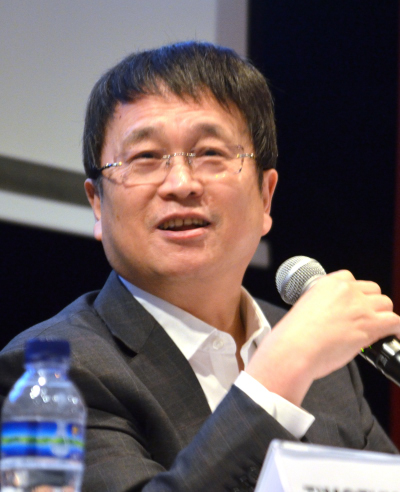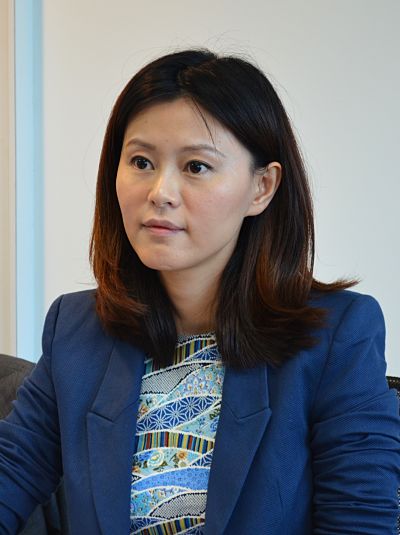|
Yangzijiang Shipbuilding's share price gained 4.7% overnight to reach a 52-week high of S$1.555 on Tuesday (8 August) after it posted strong year-on-year growth in its 1HFY2017 earnings. Net profit attributable to shareholders was up 61% at RMB 1.4 billion.
Other highlights in 1HFY2017:
During 2014 to 2016, global shipbuilding orders declined for 3 consecutive years. The industry downturn precipitated a global shipbuilding capacity decline of 57% from a peak of 931 shipbuilders in 2009 to 412 in 2016.
|
Below is an excerpt of the questions raised at the Group's 1HFY2017 results briefing, and the replies provided by Executive Chairman Ren Yuanlin and CFO Liu Hua.
Q: What is the market situation currently?
The recent orders that we received arose from vessel replacement demand. We are expecting more demand for vessels with better sulphur emission control next year due to industry regulations. There are not many enquiries for speculative orders. Vessel prices are at rock bottom.
|
“In 3Q2017, we expect to book a 10% tax refund for Xinfu Yard's New/High Technology Enterprise status accrued last year.” - Liu Hua |
Most of the shipowners today are not traditional shipping companies like Seaspan or Peter Dohle.
The mainstream shipowners today are financial institutions that include US funds, PRC state-owned companies, and banks that offer vessel sale and leaseback structures to shipping companies.
Q: Are all the financial leasing shipowners backed by shipping companies, or do they place speculative orders?
There are 3 types of shipowners today. The first type is the traditional shipping company that finances its vessel order by using the vessel as collateral for a bank loan.
The second type is a ship leasing company that has secured a 10 to 20-year vessel charter contract. Orders from such shipowners are likely to become more widespread as shipping companies are facing a financial crunch.
The third type is a fund management company that places a vessel order without a vessel charter contract. Several years ago, there were many orders from such shipowners. There are very few such orders now.
Q: What determines which shipyard gets the order? Is your relationship with the shipping company more important, or with the ship finance company?
Both scenarios exist. Sometimes, a shipping company decides to place its order with us and we go to the ship finance company together.
Q: Are state-owned yards at an advantage if the decision of which shipyard to give the order to lies mainly with the ship finance company, since many ship finance companies are subsidiaries of state-owned banks?
Yes, that view is correct. That is why we are telling the government that the way to help the industry is to level the playing field between SOEs and other players.
| Stock price | S$1.555 |
| 52-week range | 72c - S$1.555 |
| Market cap | S$6.0 billion |
| PE (ttm) | 14.3 x |
| Dividend yield | 2.62% |
| Source: StockFacts | |
Q: What technology trends are there?
There is increasing demand for cleantech vessels. We are in talks to secure more cleantech vessel orders. LNP/LPG vessels are an important business segment.
We are determined to enter this market even if it means sacrificing some profit margins. We also intend to build LNG/LPG carrier vessels with marine LNG engines.
The vessel delivery timeframe has shortened considerably over the past couple of decades. Technology plays an important role in the industry’s future.
Q: Will you maintain your dividend yield by increasing dividend amount now that your stock price is higher?
Our dividend policy is based on payout ratio as a function of earnings, rather than stock price.








